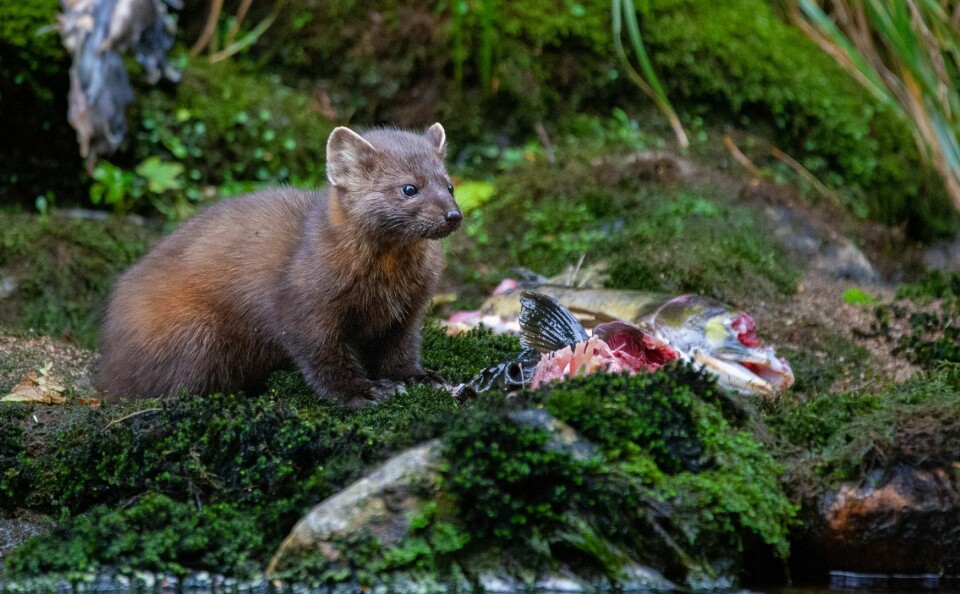-
French farmer protests: major A64 blockades lifted - others continue
Action is also continuing outside mairies and other public buildings in south-west
-
Farmer blockades to continue on motorways over Christmas in south-west France
Protests are being maintained on the A64, A83 and A63 and on departmental roads
-
Road blockades by farmers continue on Monday despite call for Christmas truce
A meeting between local union leaders and officials in Toulouse will determine pre-Christmas blockades
New cull list of wildlife 'pests' upsets conservationists
We look at species on the latest three-yearly ‘pest’ list and the reactions

Conservationists are opposing a new list of animals that have been labelled pests and can therefore be more widely killed.
Every three years, departmental committees, made up of hunters, farmers, naturalists and scientists, agree on a new list of ‘species likely to cause damage’ (ESOD).
The Ministry of Ecological Transition then decides which species to include in each department.
ESODs can be killed by shooting or trapping outside of the usual hunting season.
The ministry conducted a public consultation into the latest list, which reached 49,351 comments online.
Read more: Hunters use bows and arrows to cull boar in southwest France
Species on the list
Overall, the list includes five bird species (rook, carrion crow, jay, starling, magpie) and four mammals (weasel, stone marten, pine marten, fox).
The transmission of diseases is taken into account, as is damage to forests, water bodies, agricultural production or other property, along with the protection of flora and fauna.
However, the bird protection organisation Ligue pour la Protection des Oiseaux has called for “an end to this ecological aberration, and to favour non-lethal solutions to limit hypothetical damages”.
A recent survey by market research firm Ifop on behalf of six environmental associations found 65% of people do not approve of this listing of species.
‘Effects of culling must be evaluated’
Patrick Giraudoux, ecology professor at the University of Franche-Comté, said: “The decision to put a species on the ESOD list is never followed by an evaluation of the effects, so every three years we have the same debates without knowing whether it is useful.”
Nothing symbolises these debates better than the fox.
Read more: Should foxes still be classed as ‘pests’ in France?
“While foxes are accused of attacking poultry and spreading disease, they also prey on grassland voles, which are considered a pest to farmers.
“It’s not an endangered species. The protection of the fox is more a question of principle for both conservationists and hunters.
“On the other hand, there is no reason to put it on the ESOD list as the damage it causes is minimal. The harm to poultry can easily be avoided by closing off chicken coops,” he said.
Using the example of the Doubs department, he said the year-round killing of foxes has had little impact.
“Around 4,000 per year would be killed anyway. Being on the ESOD list has added 1,000 to 1,500, little compared to the overall population.”
‘Every species has a role in the ecosystem’
In an attempt to encourage a more evidence-based approach, Prof Giraudoux is part of a research project monitoring the effects of protecting fox populations versus hunting and trapping them in the Doubs department, between 2020 and 2030.
While certain species can cause problems in particular areas, he said debates around the lists can be over-simplistic.
“A species in and of itself is not ‘harmful’ or ‘useful’. Every species has a role in the ecosystem or it wouldn’t be there.”
Related articles
French app helps you identify flora and fauna
The genet - a rarely seen carnivore is at home in French woodland
Ban fishing in parts of Atlantic, France told, as dolphin deaths surge
























